Disclaimer: This blog post contains affiliate links. If you make a purchase through these links, I may earn a small commission at no additional cost to you. Learn More. Thank you for supporting our garden community.
How to Grow Lettuce From Seed in Every Season
Lettuce is one of the easiest and fastest-growing vegetables you can grow at home. Whether you have a raised bed or a few containers on your balcony, lettuce thrives in small spaces and produces multiple harvests throughout the season. This guide covers everything you need to know on how to grow lettuce from seed successfully.
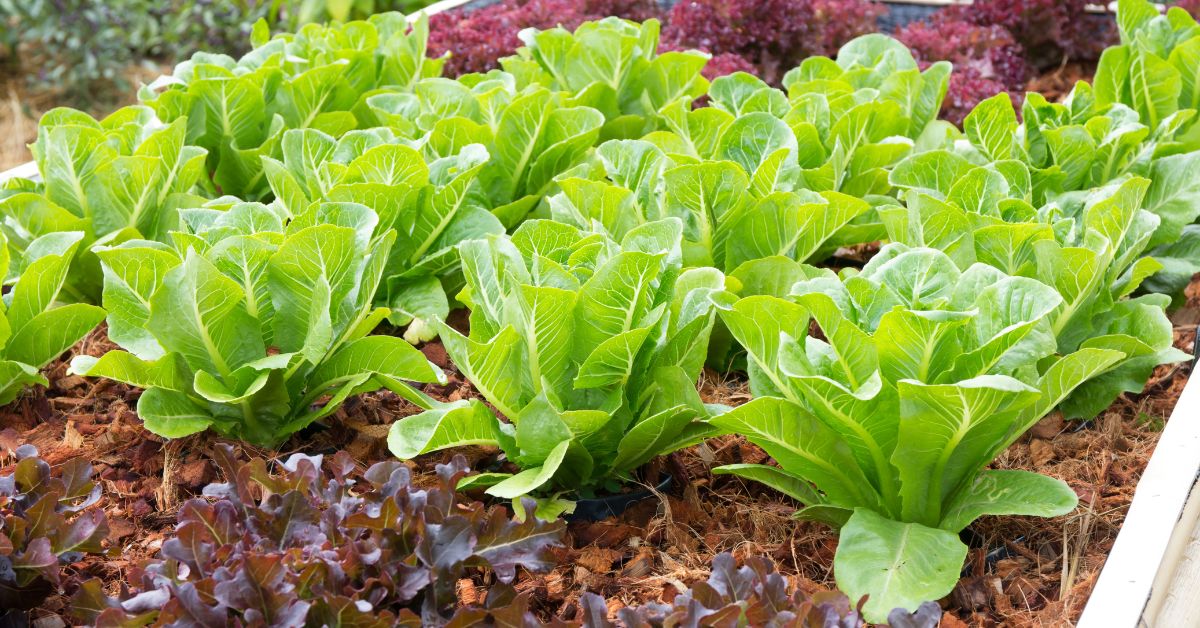
How to Grow Lettuce
Despite what some gardeners might tell you, lettuce can be grown in all seasons, even in the summer.
While it do prefer cooler temperatures, there are ways to grow lettuce all year.
Lettuce doesn’t take up too much space in the garden, which is why it’s perfect for everyone. It’s also a fairly easy plant to grow, so you probably won’t mess this one up.
That being said, let’s get right into how to grow lettuce from seed all year long.
Products:
To buy high-quality garden seeds, check out Burpee.
For a wide selection of perennial garden plants, check out Nature Hills Nursery.
For gardening equipment, check out Bootstrap Farmer.
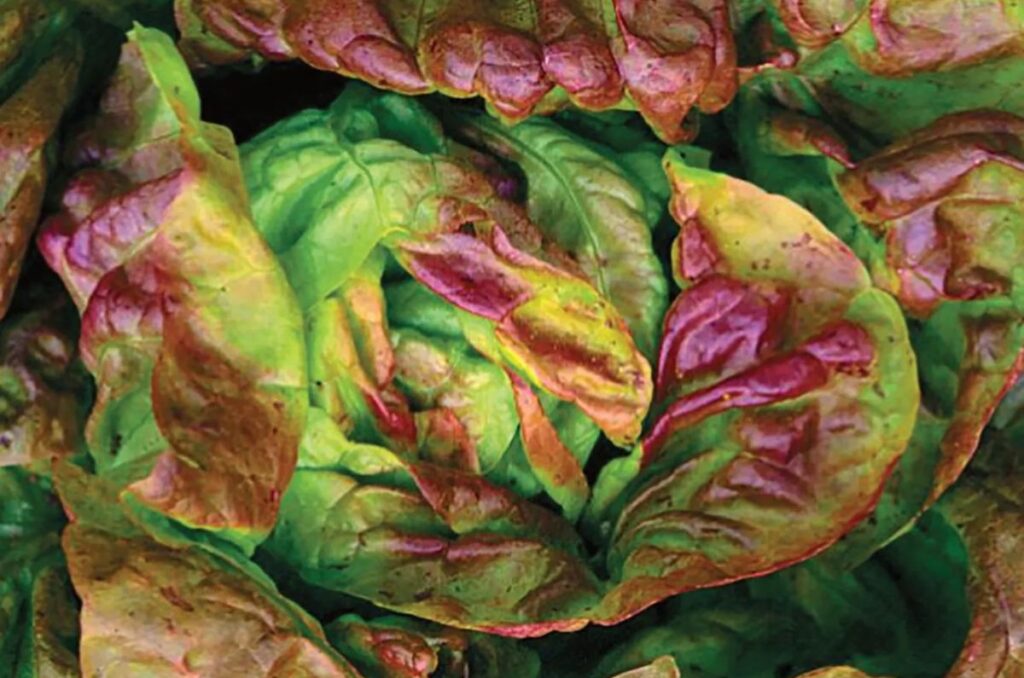
Choosing the Right Lettuce Variety
There are literally thousands of lettuce varieties, each with their own flavour, texture, and colour. But we can group all of them into 4 main groups:
- Leaf Lettuce: These are varieties that are grown for their individual leaves, rather than a full head. One plant will provide multiple harvests, as long as you are harvesting correctly. My favourite leaf lettuce variety is Green Ice.
- Romaine Lettuce: Everybody knows romaine lettuce, with its upright heads and crunchy leaves. These varieties are more heat-tolerant than other varieties. They can only be harvested once through the growing season. One of my favourites is Little Gem, which produces a small, personal-sized romaine lettuce head.
- Butterhead Lettuce: These produce loose heads with leaves that are very soft, tender, and buttery. Butterhead varieties prefer cooler temperatures, as the leaves are too soft for the heat. My favourite butterhead lettuce variety is Yugoslavian Red, which is a very beautiful variety.
- Crisphead Lettuce: Crisphead varieties produce dense heads with crunchy leaves, kind of like cabbage. They require more time to mature to form the perfectly tight heads. One of my favourite crispheads is called Igloo, which grows well in the cool and warm season, making it the perfect variety.
I typically choose one of each variety to grow every year in my garden.
If you’re just starting out with gardening, leaf lettuce is definitely the easiest to grow; it doesn’t need as much sun or nutrients, and it grows quickly.
Romaine is probably the next easiest, and then butterhead and crisphead are a little bit harder. But don’t think that they are actually hard to grow, just out of these four.
Will Lettuce Grow in Summer?
Lettuce can be grown at any time of the year. Just think about our grocery stores; how do they have fresh lettuce in the summer? Because we still grow it during this time.
But yes, lettuce does prefer cooler weather, but that doesn’t mean that we can’t simulate these conditions in the summer.
I grow lettuce in the summer all the time, you just need to keep it well-watered and it should be fine.
What to Grow Lettuce in
Lettuce grows well in containers, raised beds, grow bags, and in-ground.
I prefer to grow them in shallow containers and grow bags. This keeps the plants off of the ground, meaning they will be cleaner and easier to harvest.
The only problem with containers is that they dry out very quickly, which is not good for the summer. So when summer comes, I start growing lettuce in my raised beds, which hold onto more water.
But you can also move containers around in the summer. So you can move them to a place with more shade so that they don’t bolt.
The only problem I have with growing lettuce in-ground is that you have to bend down all the way to the floor to harvest. That’s not a problem for a young stud like me, but it might be a challenge for older gardeners or those with injuries.
Another thing with growing in-ground is that the lettuce gets so dirty. Because it’s basically touching the ground, people are walking by, and animals are crawling around, the leaves are full of dirt and it takes so long to wash them.
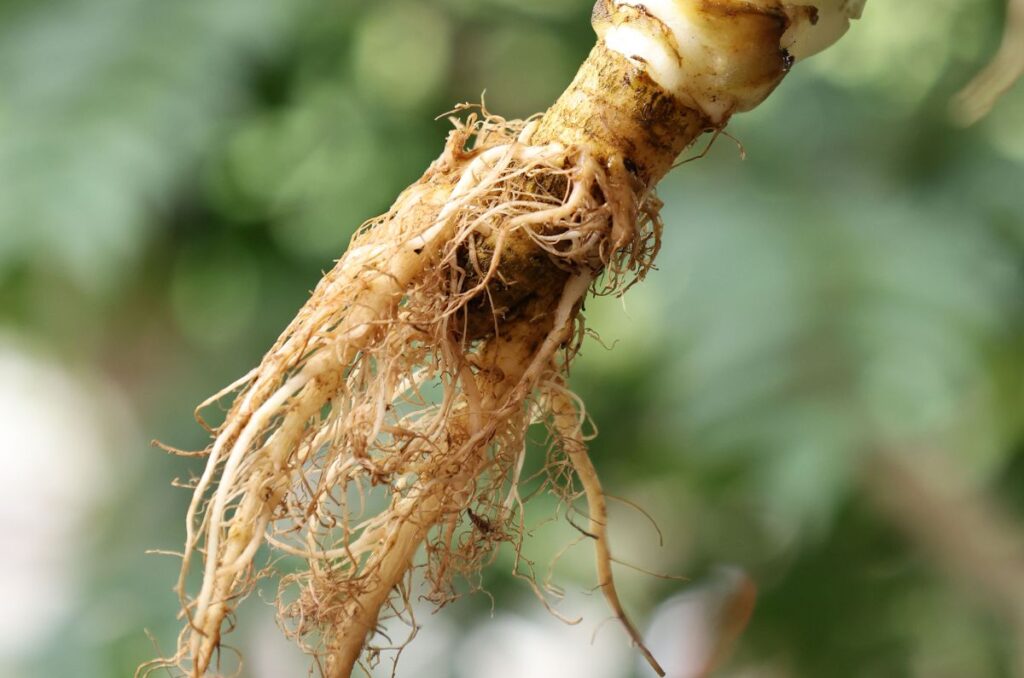
Preparing the Soil to Grow Lettuce
Lettuce plants generally have very shallow roots compared to other vegetables, so it’s important to give them the right soil to accommodate their roots.
Because of this, lettuce doesn’t like to grow in heavy clay soil or loose sandy soil.
Clay soil doesn’t allow the roots to penetrate, while sandy soil won’t hold onto enough water to support the plants.
The best fix for both conditions is to add organic matter, like compost or manure.
Specifically for sandy soil, you can also add coco coir because it helps to hold onto water.
And for clay soil, adding perlite can help to break up the clumps.
But generally speaking, adding about 30% organic matter by volume to the soil will be beneficial for drainage issues.
Sunlight Conditions
Lettuce thrives in full sun during most of the year. But it can tolerate partial shade if that’s what you have.
When it starts to get really hot in the summer, many gardeners wonder, “will lettuce grow in shade?”
In this case, it can be beneficial to provide your lettuce plants with shade. Use a shade cloth or plant them in an area with natural shade.
If your plants get too much sun, they may start to bolt. Bolting is when the lettuce flowers prematurely because it thinks that it won’t live much longer.
Again, we can prevent this by giving the plants some shade during the hottest parts of the year.
Watering Lettuce
The leaves of lettuce plants are mostly water, which means that the soil needs to be consistently moist to keep them happy.
If you don’t give lettuce enough water, it’ll start to wilt in the sun.
But don’t give them water as soon as they wilt! Wait until the sun passes, and then see if they are still wilting. If they are, then you should water. If the leaves jumped back up, then they don’t need any water.
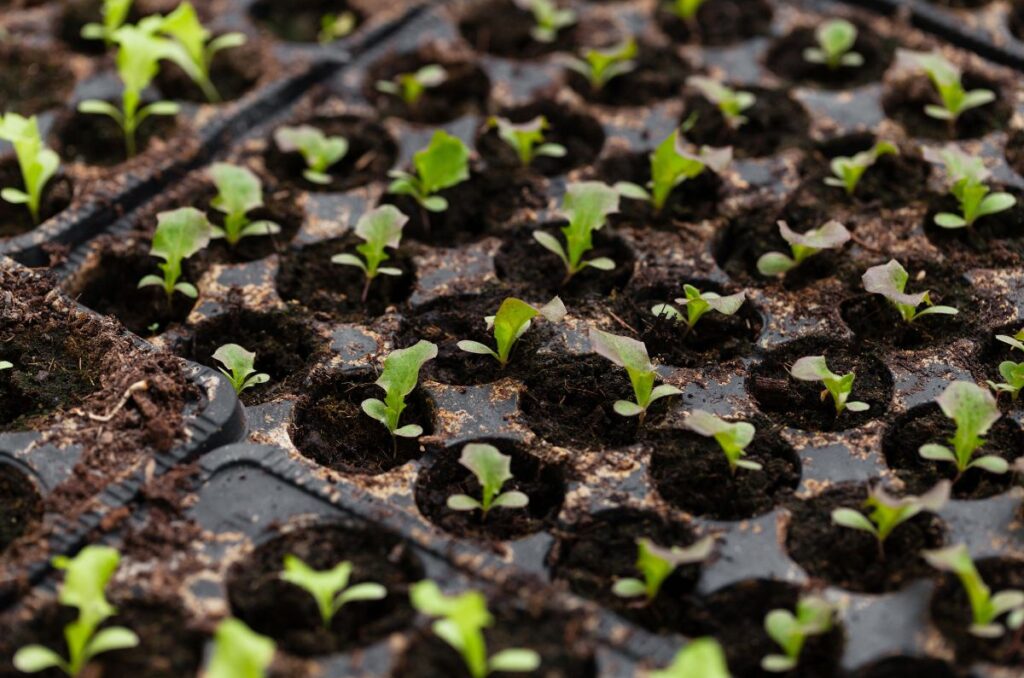
Starting Lettuce Seeds Indoors
When starting seeds indoors, lettuce plants should be kept inside for about 3-4 weeks before transplanting outside. This gives them enough time to grow before they go out.
Use a light seed-starting mix to grow lettuce seedlings. You can also add extra perlite for more drainage. This will prevent overwatering, leading to healthier lettuce plants.
Make sure it’s somewhat cool in your home when growing lettuce, as they prefer cooler weather to germinate. Plant the seeds about 1/4 inch deep.
Keep the seedling mix moist and they should germinate in about 7-14 days.
Succession-Sowing Lettuce
Many gardeners sow all of their lettuce seeds at once, which means that they harvest everything at once as well.
The problem with this is that firstly, you won’t have any lettuce after you harvest, and secondly, what on God’s green Earth are you going to do with 25 heads of lettuce?
That’s why it’s important to succession sow your lettuce heads, which basically means to sow a little bit at a time.
So if your family normally eats 2 heads of lettuce per week, then you should sow 2 heads of lettuce per week. So if you do this every week throughout the growing season, then you will be harvesting 2 heads of lettuce every week.
Succession sowing also works with other crops like radishes, turnips, spinach, and carrots.
Thinning Lettuce Seedlings
If you sowed many seeds into one seedling cell, then you will have to thin them out. Wait until they develop their true leaves before thinning.
For leaf lettuce, I’ve found that they don’t mind growing close together, so I usually leave 2 plants per cell.
For heading lettuce, leaving 1 plant per cell allows them to produce a full-sized head.
Transplanting Lettuce Seedlings
You don’t have to worry about frost dates with lettuce, because they can actually tolerate cold weather. You can plant them outside before your last frost date very early in the spring.
However, you still have to harden off your lettuce seedlings.
Hardening off is a simple process where you gradually expose your seedlings to the outdoor conditions. If you don’t do this, your lettuce plants will wilt and dry out from the intense heat.
Or if it’s really cold, they may freeze if they’re not used to it.
You can harden off your lettuce seedlings by gradually exposing them over a period of about 7-10 days. Each day, you increase the amount of time they are outside, and the amount of sunlight they receive.
It’s important to keep the seedlings well-watered during this time, as the intense sun and wind will dry out the soil very quickly.
After the seedlings are hardened off, you can transplant them into your garden.
For leaf lettuces, space them about 4-6 inches apart. For heading lettuce, space them about 8-10 inches apart depending on the variety.
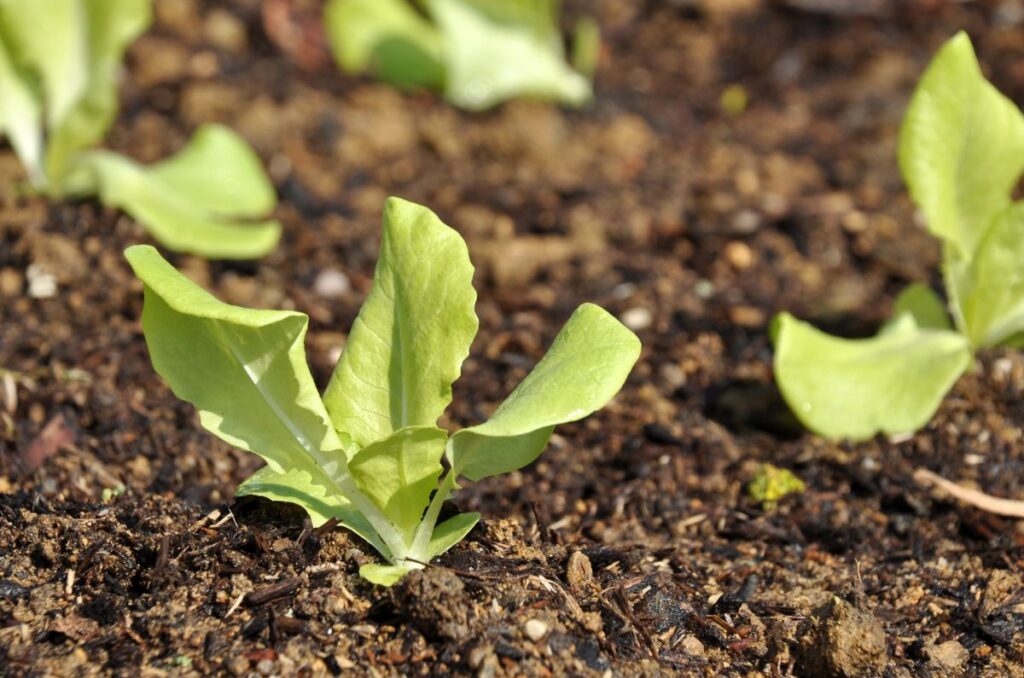
Direct-Sowing Lettuce in the Garden
Lettuce can also be direct-sown into the garden, especially when the soil is still cool.
Lettuce seeds won’t reliably germinate if the soil temperature is above 25°C (77°F), so reserve direct-sowing lettuce for the spring and fall. For the summer, just start the seeds indoors.
You can plant them outside as soon as the ground is thawed out. Again, frost dates don’t really matter as lettuce can tolerate cold weather.
If you’re using a cold frame or greenhouse, then you can basically sow lettuce at any time during the winter.
Sow seeds about 1/4 inch deep. Lettuce seeds are small and flat, so make sure not to cover them too much. Keep the soil moist when they are germinating.
Once they sprout and grow larger, thin them out to 4-6 inches apart for leaf lettuce and 8-10 inches apart for heading lettuce.
Fertilizing Lettuce
Generally, lettuce doesn’t need too much fertilizer, as long as there is plenty of organic matter in the soil. Well-rotted compost or manure provides most of the nutrients.
If you notice that your plants need fertilizer, use an organic fertilizer that is higher in nitrogen. Nitrogen supports leaf growth, so it will be the best fertilizer for lettuce.
You can also use compost tea for lettuce plants every few weeks in the summer. Although it doesn’t contain too many nutrients, it has lots of beneficial microorganisms that help break down organic matter.
Harvesting Lettuce
There are 2 different ways to harvest lettuce, depending on the variety that you grow.
- Cut-and-Come-Again: The cut-and-come-again method is when you harvest the individual outer leaves of the lettuce plant while leaving the middle leaves to continue growing. When you do this, the plant will produce more leaves, meaning you can come again and harvest. This method is used mostly for leaf lettuces, as they don’t produce a full head. You can get at least 3-4 harvests from one plant.
- Full Head Harvest: As the name implies, this is when you harvest the entire head of lettuce, cutting it at the base. This is mainly used for heading lettuce of course, but you can do it with leaf lettuce as well. Once you harvest the head, it won’t keep growing. This means that you will only get one harvest from each plant. But the harvest is typically larger than when you harvest individual leaves.
Personally, I like to use the cut-and-come-again harvesting method for most of my plants. If I do this, then I don’t have to constantly plant more lettuce all the time.
Each harvest will allow the plant to keep growing, giving me a continual harvest throughout the season.
Eventually, however, you will have to replace the plants. As they grow larger in the summer, the leaves will start to get bitter. While you can still eat it, you should probably just plant new lettuce.
Frequently Asked Questions
Lettuce is an annual plant, meaning it only lives for one growing season. So it completes its entire life cycle in one growing season, unlike perennials that live for many years.
When using the cut-and-come-again method for harvesting leaf lettuce, it will grow back multiple times after cutting. When harvesting head lettuce, they will not grow back after cutting.
Most lettuce varieties will mature in about 4-6 weeks. Always read the seed packet to find specific times for each variety.
If your area doesn’t experience heavy frosts or snow cover like mine, then you can grow lettuce through the fall and winter. It creates the perfect conditions for growing perfect lettuce.
Unless there are actual nutrients in the water (like hydroponics), then lettuce won’t grow very much in water.
Yes, I grow lettuce indoors all the time. Just make sure you have strong LED grow lights. The beauty of this is that you can control the temperature and give them 16 hours of light every day. This will make them grow super fast and give you a great harvest!
Even More Gardening Ideas
Here are a few more posts to get the ball rolling in your garden!
- How to Grow Carrots from Seed to Harvest
- How to Get Rid of Aphids Naturally
- Fix These 11 Common Seedling Problems
If you liked this article, make sure to share it with your friends and family members who are also looking to sharpen their gardening skills. Also, consider signing up for our email newsletter; don’t worry, we won’t send you spam, just fresh gardening ideas every week!
If you want to learn more about vegetable gardening, check out The Real Gardener on Facebook, YouTube, and Pinterest.
Pin this post for later:
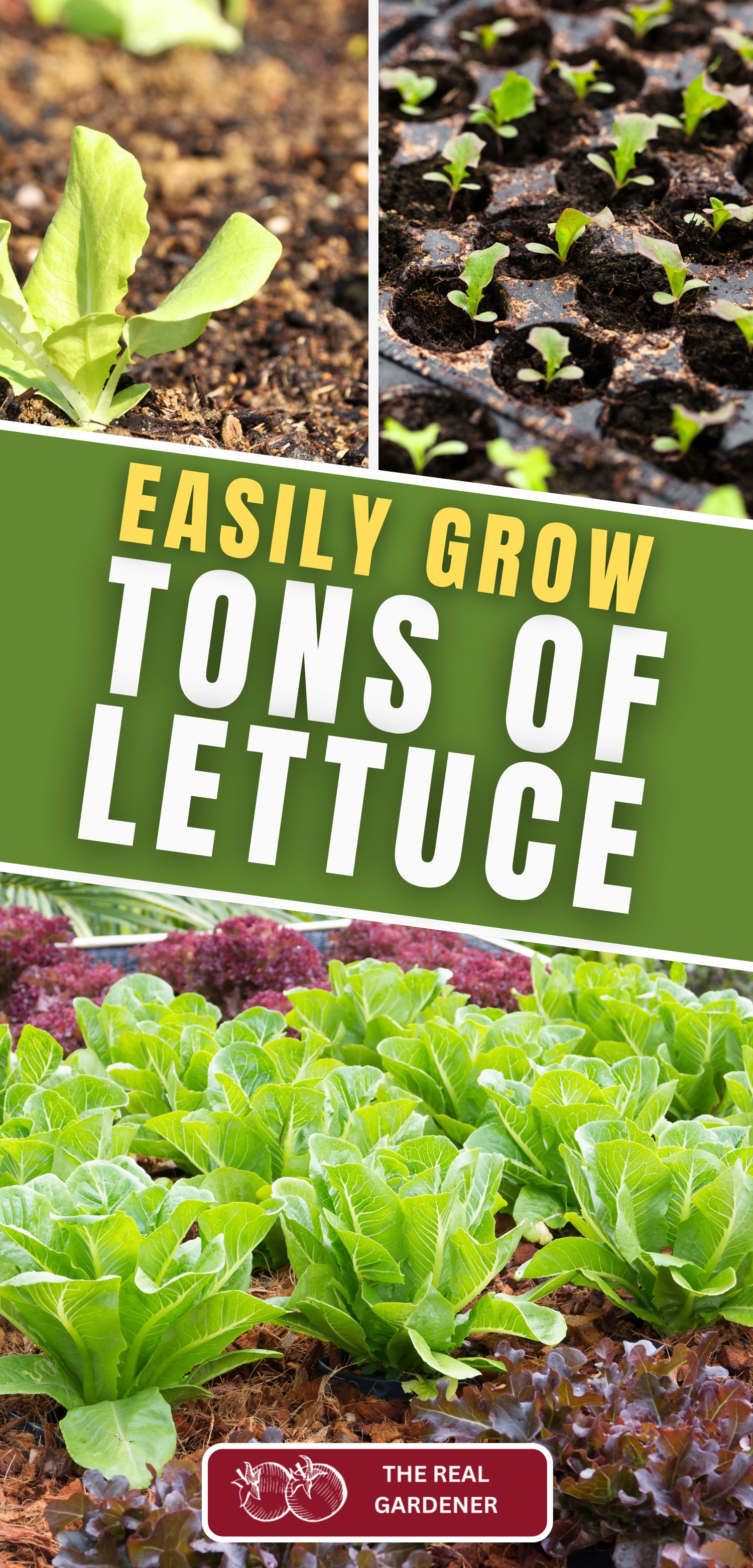
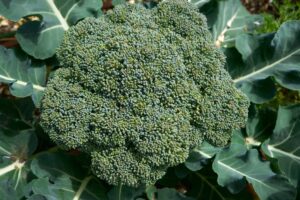
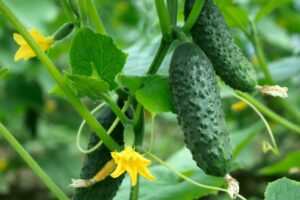
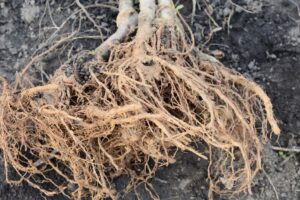
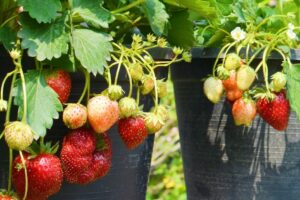
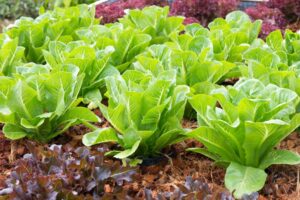
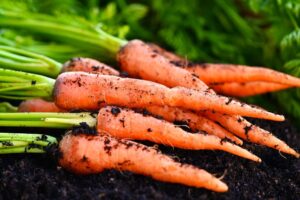
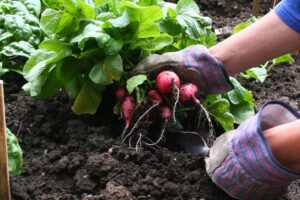
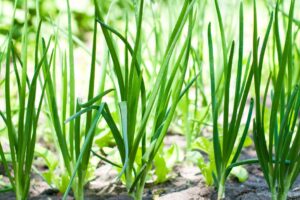
Leave a Reply